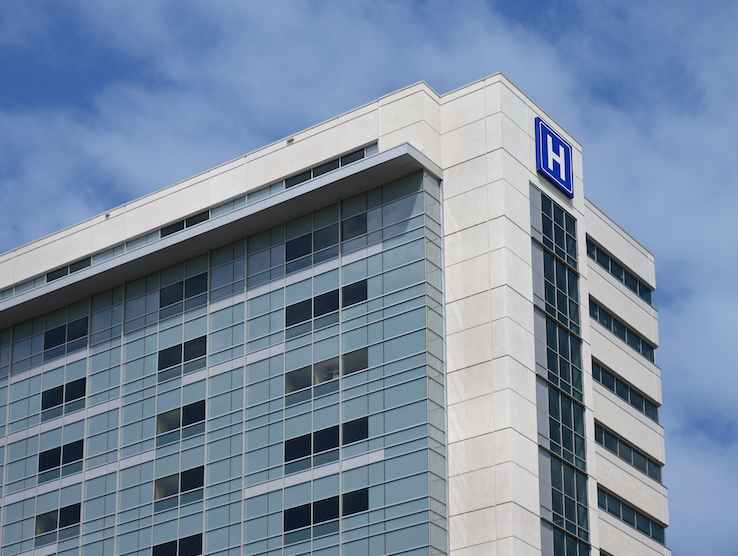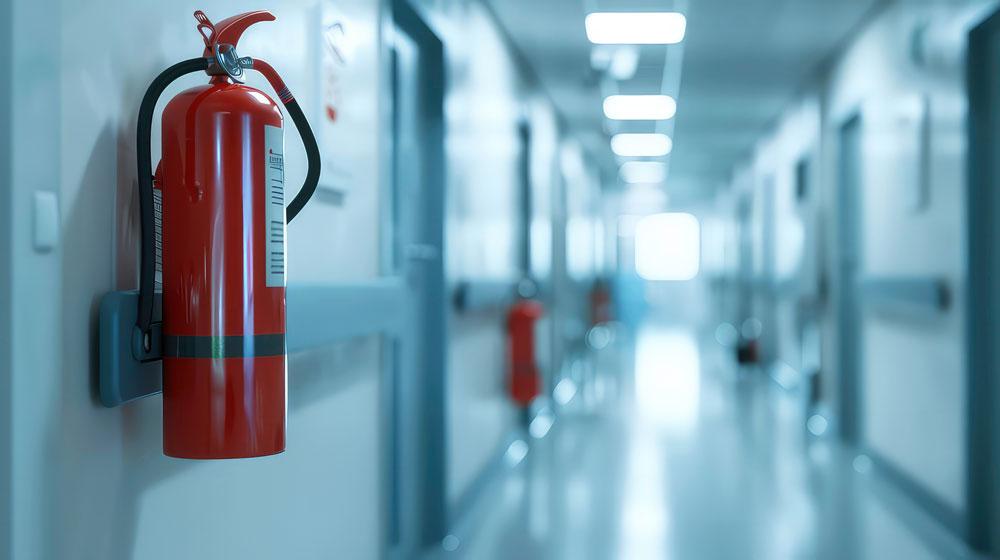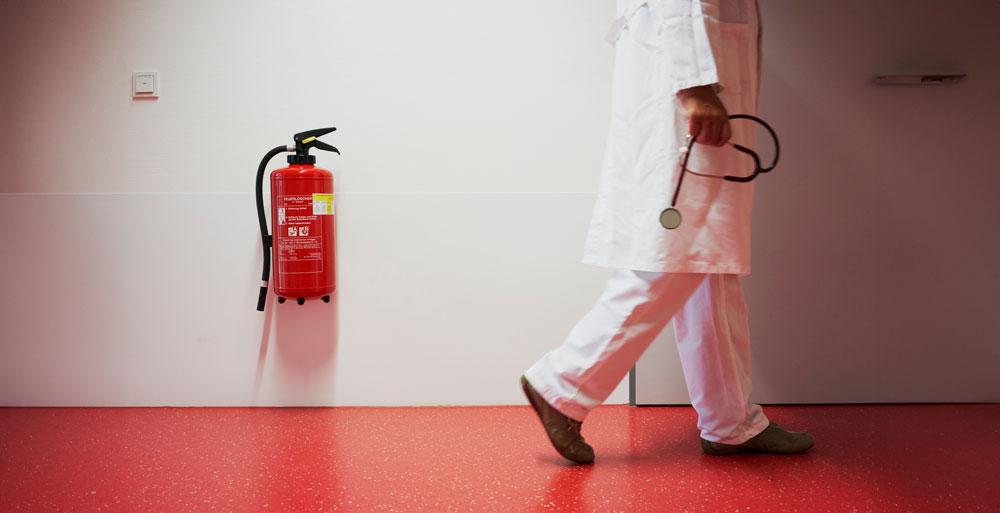New and existing NHS buildings need to ensure compliance with two separate pieces of legislation - the Building Safety and Fire Safety Acts - which meet recommendations from Phase 1 of the Grenfell enquiry
Five years on from the Grenfell Tower disaster, the Building Safety Act 2022, which ushers in the biggest swathe of regulatory changes to the UK built environment in almost 40 years, became law in April. The 262-page document aims to reduce safety risks related to fire spread and structural failure through greater planning scrutiny, increased regulation of professional competence and the creation of new statutory roles during the design and construction of ‘higher-risk’ buildings.
It runs alongside the Fire Safety Act, which finally came into force on 16 May 2022, over a year after it received Royal assent. Comprising four brief sections, the Fire Safety Act has significant ramifications for ‘Responsible Persons’ as it essentially extends the scope of fire risk assessments to assess the safety of a building’s external wall system (including attachments such as balconies) on any building with two or more residential premises, including hospitals and care homes. The Act also introduces a requirement to assess fire doors in both communal and flat entrances.
Guidance
At the same time as the Act comes into force, new improvements to fire safety guidance form part of the wider update to tighten building regulations and provide clearer fire safety rules for the design or construction of residential developments. The latest changes meet recommendations from Phase One of the Grenfell Tower Inquiry.
Under the regulations, responsible persons for high-rise residential buildings will be required to provide their local fire and rescue services with up-to-date electronic building floor plans and to place a hard copy of these plans in a secure information box on site. Local fire services will also be provided with up-to-date information about the design and materials of a high-rise building’s external wall system, and the level of risk that the design and materials of the external wall structure gives rise to.
Responsible persons
Responsible persons will also have to carry out monthly checks on the operation of lifts intended for use by firefighters, evacuation lifts, and the functionality of other key pieces of firefighting equipment, with regular checks on fire doors and flat entrance doors also required for buildings of more than 11 storeys. Other updates include a requirement of wayfinding signage to make it visible in low light or smoke.
A Fire Risk Assessment Prioritisation Tool, designed to help responsible persons prioritise the review of the assessments required under the new legislation, has been made available. While use of the tool isn’t mandatory, health and safety expert Katherine Metcalfe of Pinsent Masons said: “The Fire Risk Assessment Prioritisation Tool is backed up by Article 50 guidance, which has a special legal status. If you use the tool, you will be well placed to demonstrate compliance with fire safety law,” Metcalfe said.
Trusts will need to ensure that NHS asset information is fully up to date, with all fire safety records monitored and procedures in place to ensure equipment such as fire extinguishers, sprinkler systems, alarms and other safety mechanisms are in operational condition at all times. John O’Sullivan, technical director for fire consultancy at Bureau Veritas Inspection, said: “With these new changes now officially law and risk assessments to be scrutinised by Fire and Rescue Services, the onus for building safety is now firmly placed on the shoulders of duty holders. It may seem like a daunting task to keep on top of the regulations, but it’s an essential one.”
Fire safety considerations need to be implemented at every stage of building development and maintenance. With the current backlog of maintenance work that needs to be actioned, trusts need to ensure that fire safety compliance is kept up to date and that any upgrades to existing buildings prioritise patient safety.





